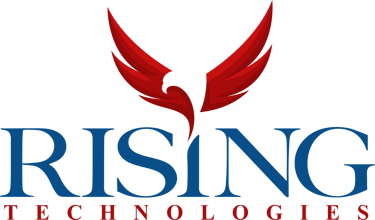Australia's Multi-Layered Approach to Medical Cannabis
11/30/20242 min read


Australia's Multi-Layered Approach to Medical Cannabis
Australia has adopted a multi-layered approach to medical cannabis, carefully navigating the complex legal and regulatory considerations surrounding this emerging industry. The country's framework prioritizes patient access to safe and quality-controlled medical cannabis products while addressing concerns related to public health and safety.
Legal Framework: A Combination of Acts and Regulations
Australia's medical cannabis framework is governed by a combination of acts and regulations, including the Narcotic Drugs Act 1967 (NDA), the Therapeutic Goods Act 1989, and the Therapeutic Goods Regulation 199017. These legal instruments establish a system of checks and balances, ensuring that all aspects of the medical cannabis industry, from cultivation to dispensing, adhere to strict standards.
Dual Licensing: The ODC and the TGA
Similar to Canada, Australia employs a dual licensing system for medical cannabis. Businesses involved in the cultivation, production, and manufacturing of medical cannabis must obtain licenses from both the Office of Drug Control (ODC) and the Therapeutic Goods Administration (TGA)1819. This dual system ensures that businesses meet both security and quality standards, protecting both patients and the public.
The ODC License: Regulating Manufacturing and Security
The ODC, under the NDA, issues manufacturing licenses, also known as Medical Cannabis licenses, regulating the types and quantities of cannabis-based drugs manufactured18. The ODC focuses on ensuring the security of facilities, preventing the diversion of cannabis for illicit purposes, and scrutinizing the probity of license holders.
The TGA License: Ensuring Quality and Compliance
The TGA, under the Therapeutic Goods Act, issues manufacturing licenses that regulate matters related to quality and compliance with standards19. This includes the manufacture of Active Pharmaceutical Ingredients (APIs), market authorization, production, processing, packaging, labeling, storage, testing, and release for supply of medical cannabis products.
Cultivation and Production Permits: Additional Requirements
In addition to the manufacturing licenses, businesses that cultivate and produce medical cannabis must obtain specific permits under the NDA. These permits, issued by the ODC, set limits on the quantities and types of cannabis plants and cannabis resin that can be grown and produced.
Stringent Security Requirements: Protecting the Supply Chain
Australia's medical cannabis framework places significant emphasis on security. The ODC's Guideline: Security of Medicinal Cannabis outlines detailed requirements for physical security, intruder resistance, detection and response mechanisms, procedural security measures, disposal and destruction protocols, and transportation security. These stringent security measures aim to prevent the theft, loss, or diversion of cannabis throughout the supply chain.
Fit and Proper Persons Requirement: Ensuring Trustworthiness
To obtain a license, applicants must meet a "fit and proper persons" requirement, demonstrating their suitability to hold a license based on their criminal history, financial standing, and overall character23. This requirement aims to ensure the trustworthiness and integrity of individuals and organizations involved in the medical cannabis industry.
Australia's multi-layered approach to medical cannabis provides a robust framework that balances patient access with public health and safety considerations. The dual licensing system, stringent security requirements, and "fit and proper persons" requirement demonstrate a commitment to creating a well-regulated and trustworthy medical cannabis industry.
by Adv. Deven Khanna
